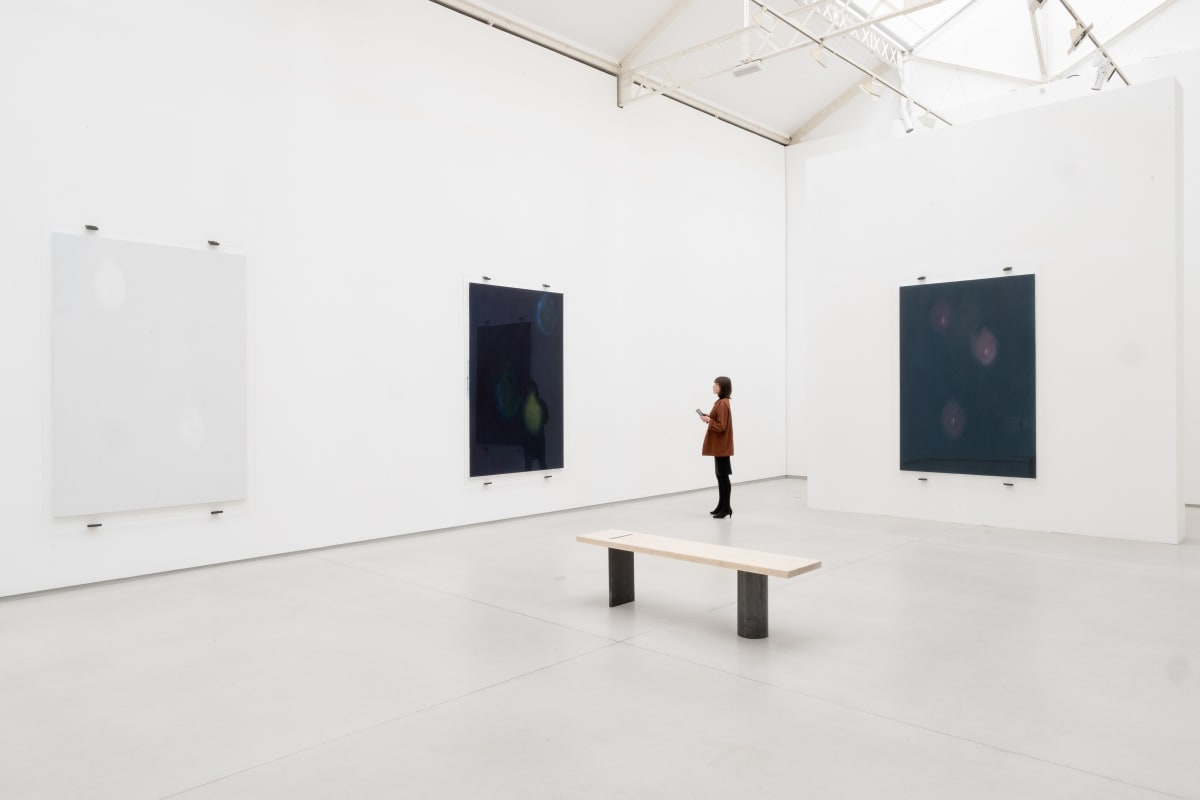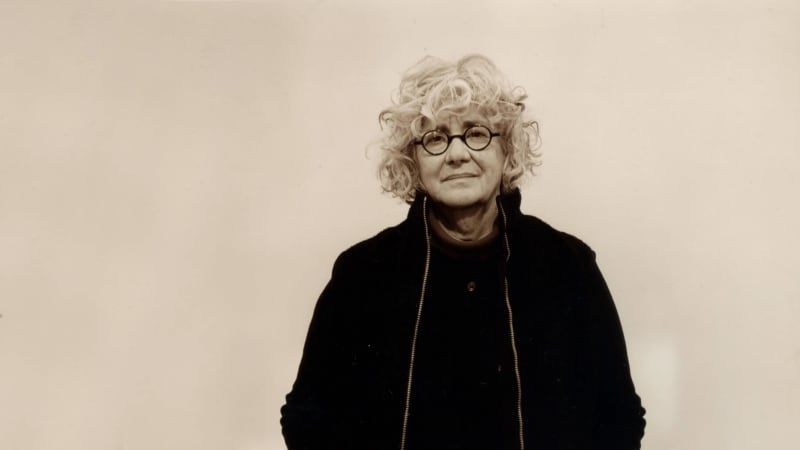By contrast, Mr. Scully’s large works can seem sprawling, even decorative; and they’re less likely to maintain that dynamic, essential frontal pressure in the picture plane. (His walls—spread too far—begin to fall away.)
Notable exceptions exist, however. “Wall of Light Desert Night” (1999)—interlocking bars of black, blue, tan and gray, and 11 feet wide—shines like Sahara moonlight. In the sumptuous oil “Black Winter Robe” (2004)—inspired by the portraits of Titian and Diego Velázquez, and over 7 feet tall—vibrating black, gray and brown rectangles, advancing toward us, hover over a crimson ground, suggesting Venetian light. These and other abstractions by Mr. Scully, in dialogue with Mr. Ando’s lambent, gray planes, transcend mere “bricks” and “walls.” If not actually painting transformed into architecture, they dazzle in their own right.
—Mr. Esplund, the author of “The Art of Looking: How to Read Modern and Contemporary Art” (Basic Books), writes about art for the Journal.
















































































































































































